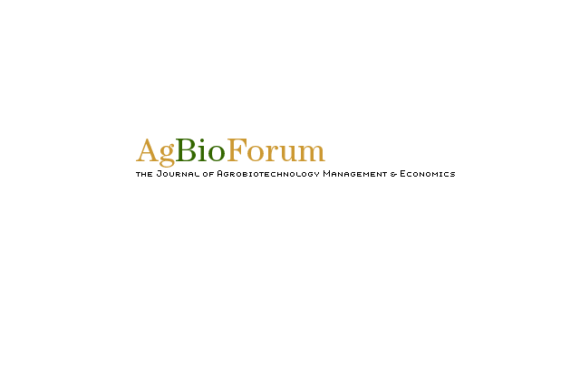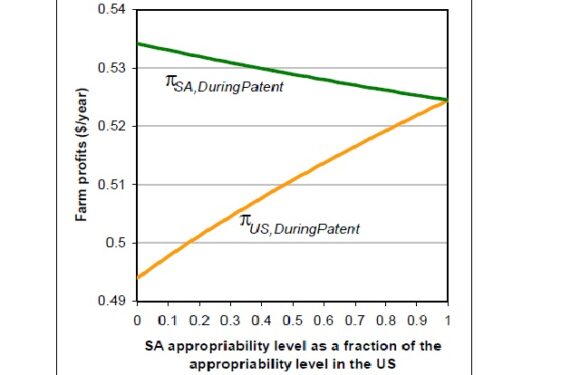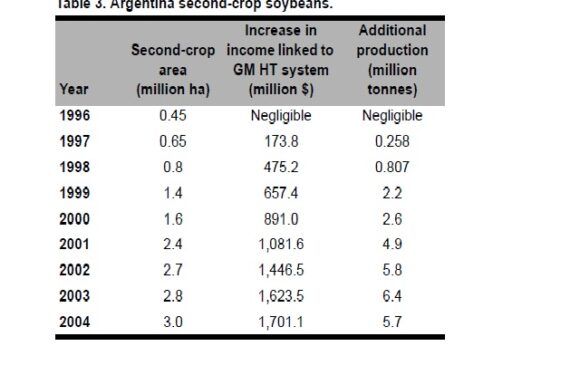
Can Technology Transfer Help Public-Sector Researchers Do More with Less? The Case of the USDA’s Agricultural Research Service
Kelly Day Rubenstein and Paul W. HeiseyUnited States Department of Agriculture Economic Research Service. Private funding for agricultural research now exceeds that of the public sector. Other changes have included policies to make greater use of technology transfer mechanisms, such as patents…







